The Visitor Center has exhibits of the history of the fort.
The US Army experiment to use camels for transportation in very arid regions passed through Fort Lancaster (1857, 1859, 1860).
The fort was a relay station used by the San Antonio-San Diego Mail Line. By 1858, there were 150 soldiers and three officers at Fort Lancaster. The only women in the area were officers’ wives or laundresses hired by the Army.
By 1860 there were 25 permanent structures at the fort by 1860. The US Army abandoned the fort during the Civil War. The Army re-occupied Fort Lancaster in 1867, but it was a substation to Fort Stockton. Troops of the Buffalo Soldiers’ 9th Calvary were rotated through the fort. In December of 1867, Company K successfully defended the fort against an attack of a larger force of Kickapoo and Lipan Apache raiders. Fort Lancaster is the only US Army fort in Texas that had a direct attack by Native Americans.
We picked up a walking guide at the visitor center and headed out (with our doggie, Sadie) to see the ruins of the fort.
Interpretive signs can be found throughout the ruins. This one shows the buildings that could be found here by 1860.
Below are the ruins of the Commanding Officer’s Quarters and Officers’ Quarters.
The Post Hospital was an adobe structure with a three-bed ward. Soldiers stationed at Fort Lancaster and their family members were buried in the cemetery here.
Wagon ruts are still visible on the nearby hill shown below. The white cut in the bluff is the route wagons took to reach Fort Lancaster.
Limestone was burned in this kiln to create quicklime that was needed for the mortar, stucco, and whitewash used in building construction on the fort. Soldiers travelled up to six miles to gather wood (scarce in the desert) to fuel the kiln, kitchens, and bakeries.
The Commissary was one of the first buildings constructed at the fort. Government-issued food and provisions were supplied to the soldiers from here.
Suddenly, this jack rabbit ran across the field; then paused, enabling me to snap a photo. Check out those ears!
Company K Enlisted Men’s Barracks housed 30 men and was a major improvement from earlier shelters.
The Company H Men’s Barracks was similar to the other one at the fort, but was abandoned two years earlier in 1859.
There was a dedicated Kitchen and Mess Hall for each company where soldier-cooks prepared and served the meals.
The Quartermaster’s Storehouse, Granary, and Corral was the largest enclosed structure at the fort. General supplies and rations were distributed from here. The quartermaster also supervised the corral and feed for the horses and mules.
It was an interesting and leisurely visit to this state site. Admission is adult/$4; senior/$3. For additional information about Fort Lancaster, check out this site: www.thc.texas.gov/historic-sites/fort-lancaster-state-historic-site
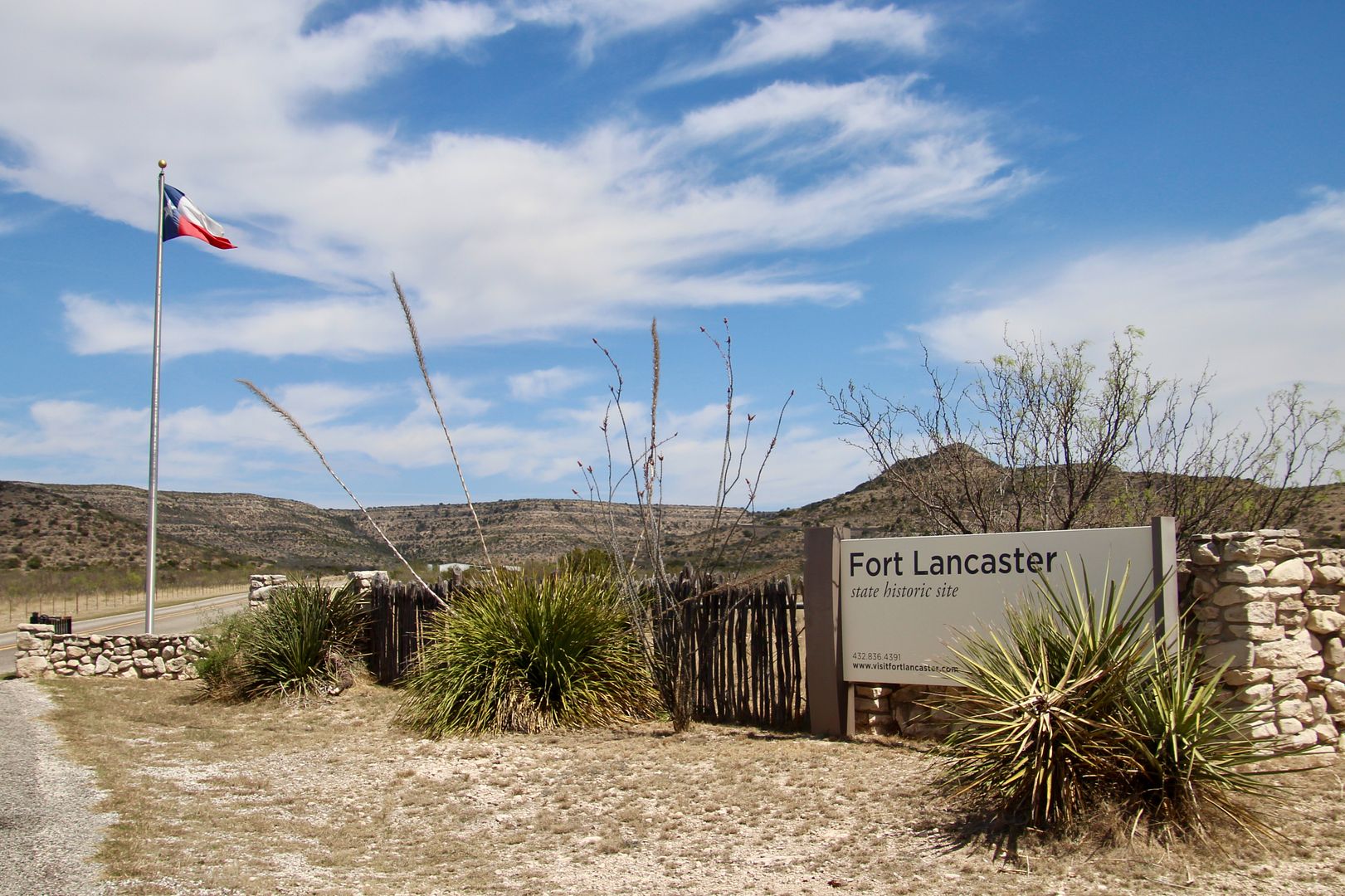
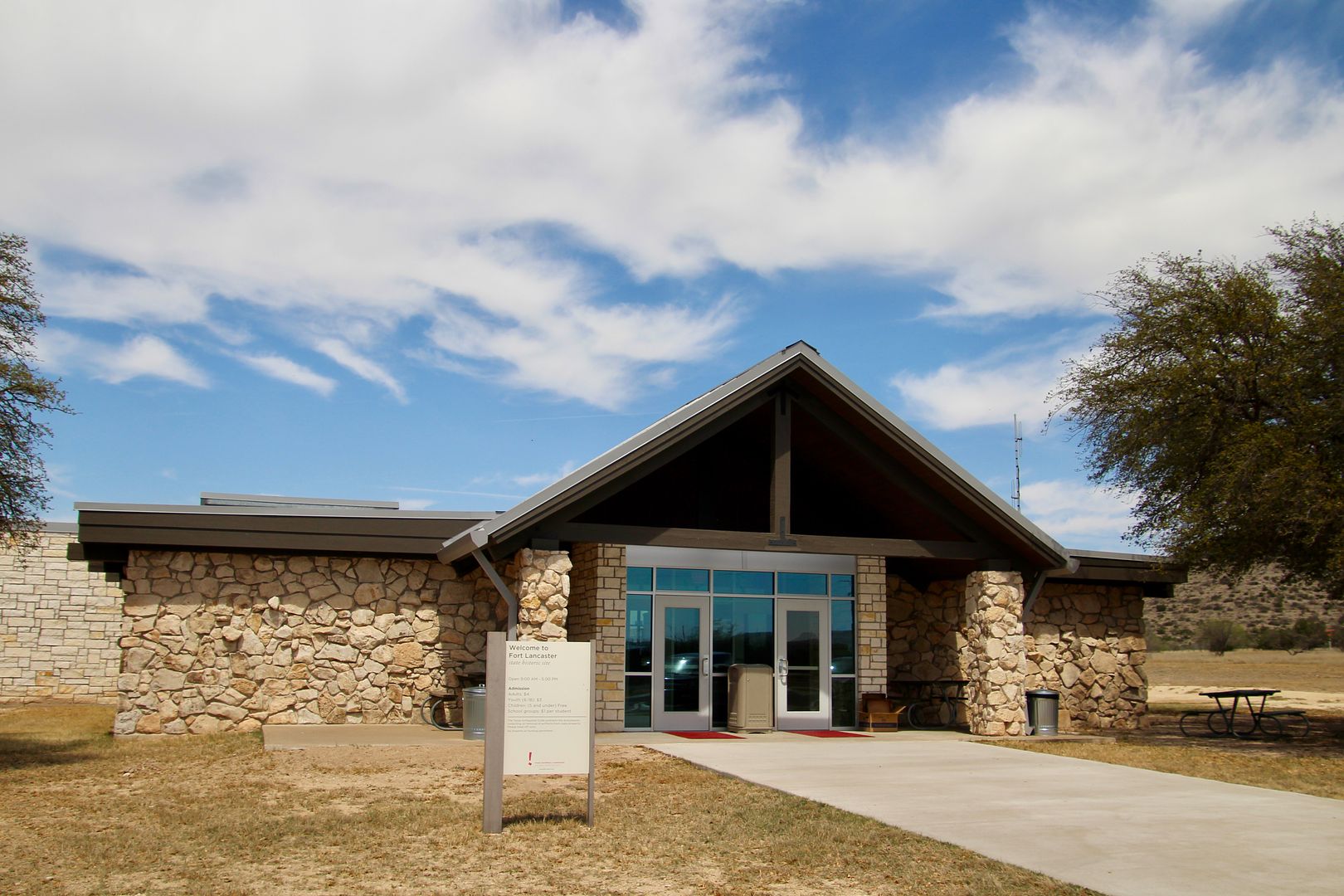

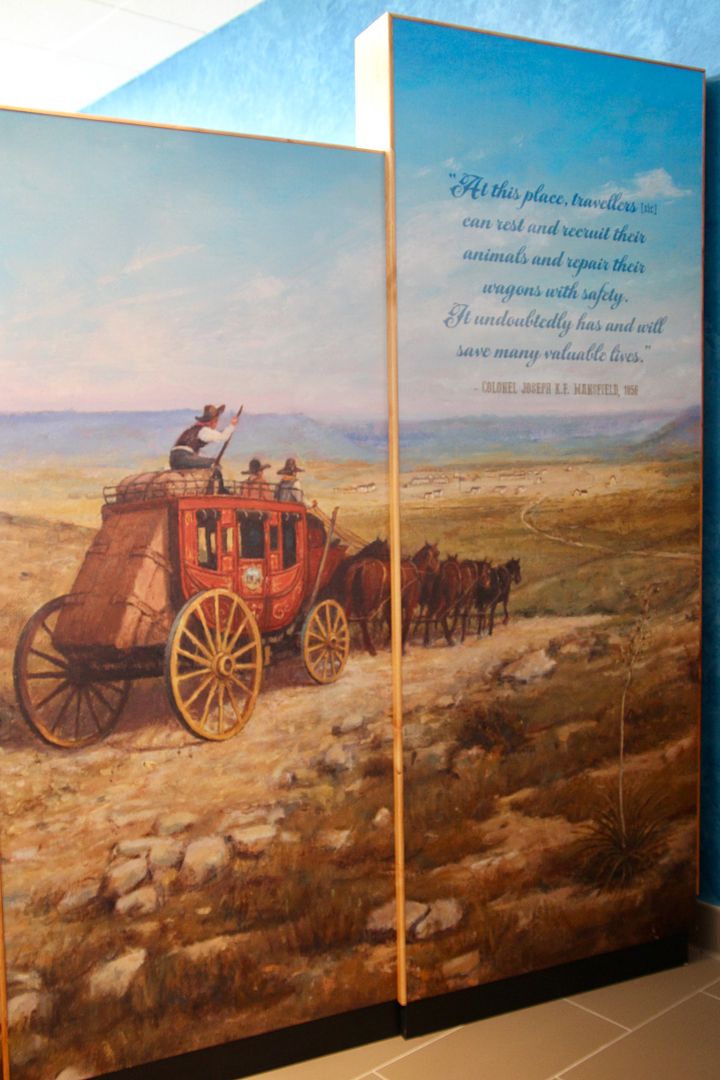
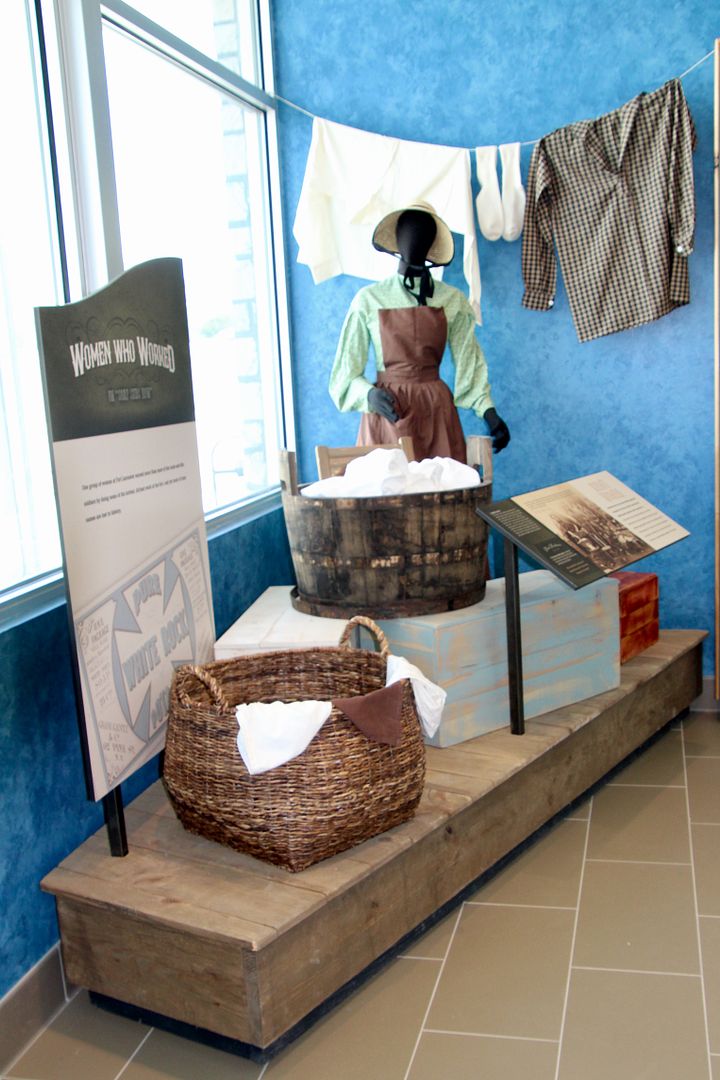
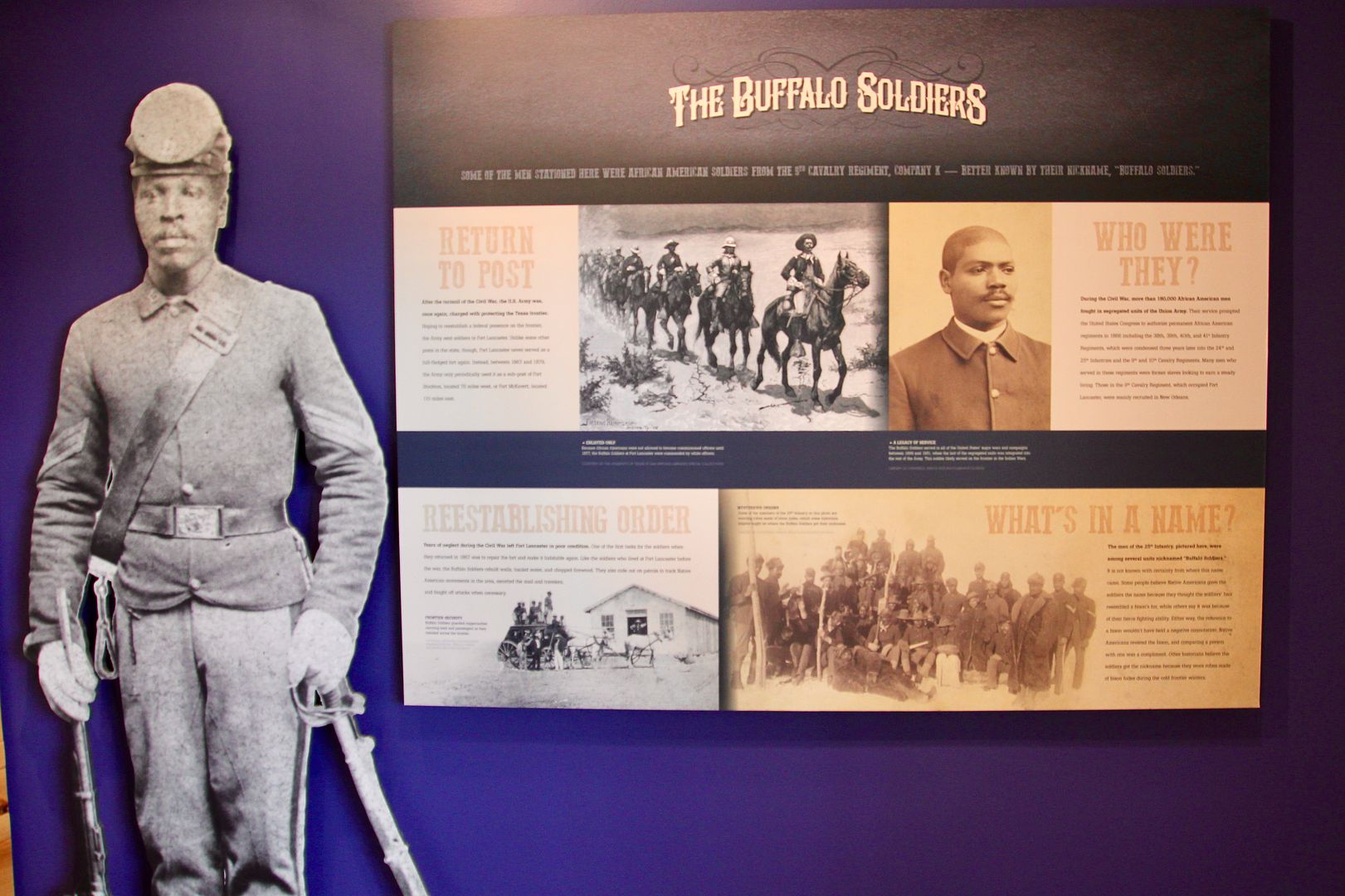
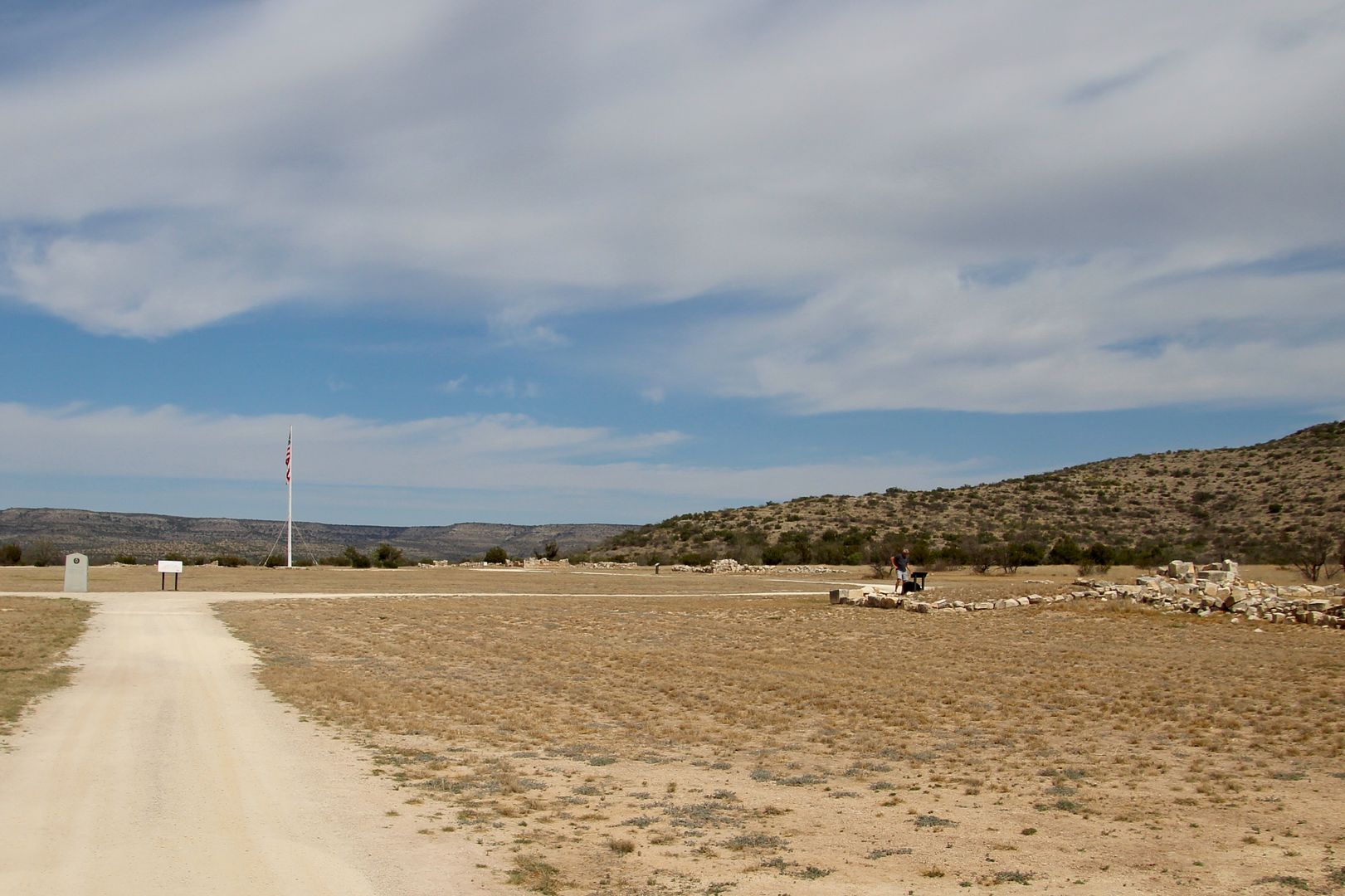
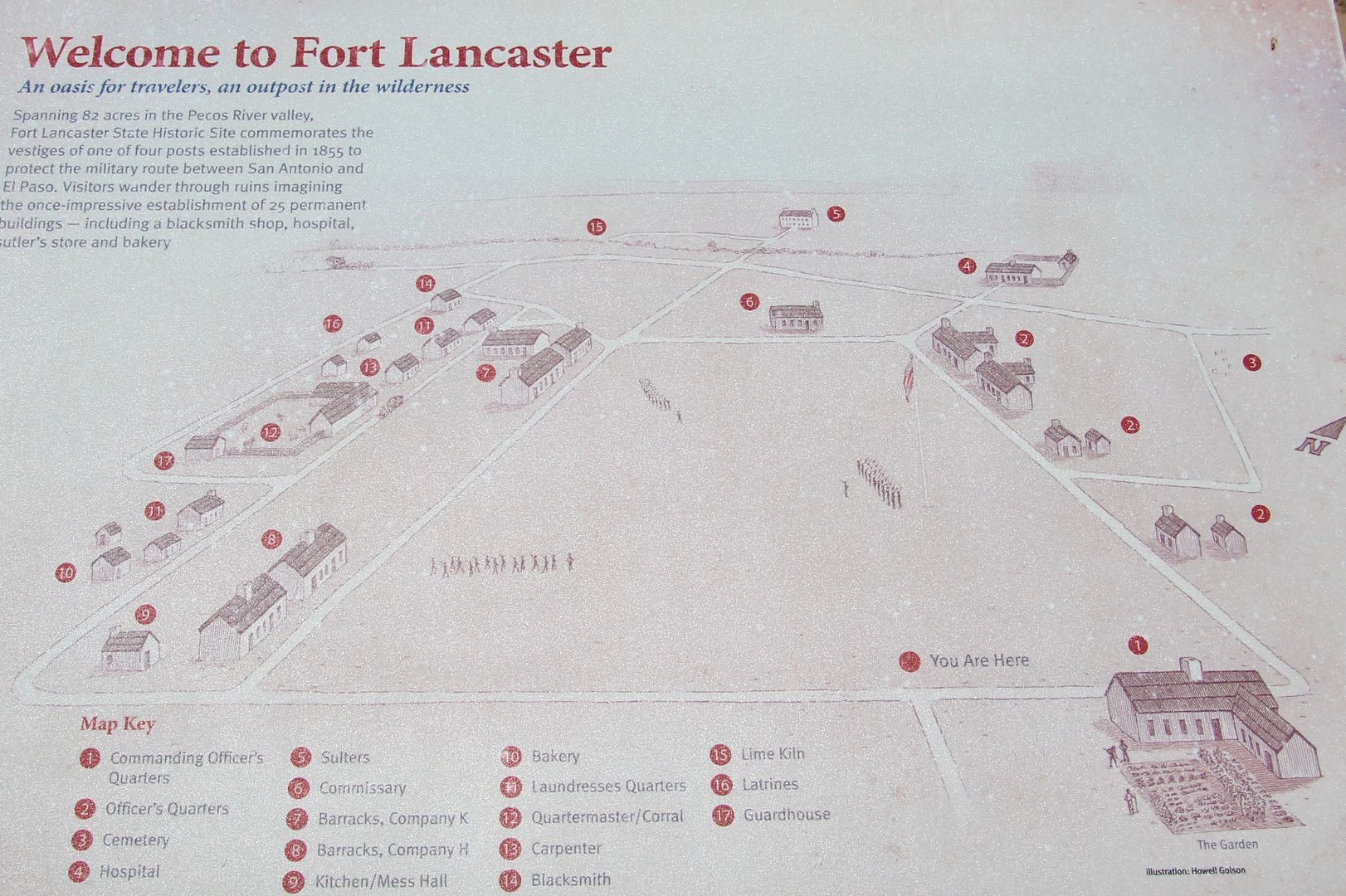
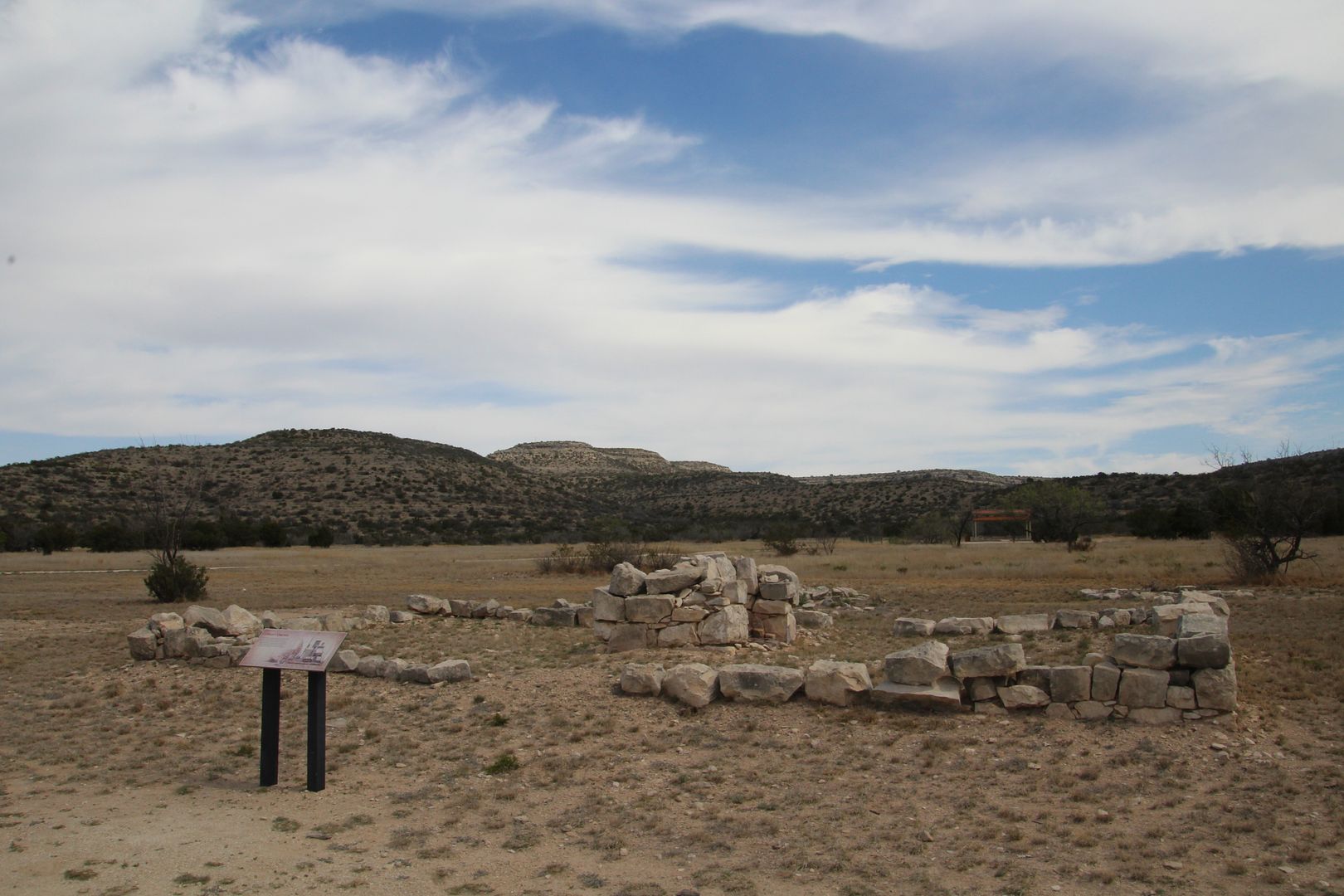
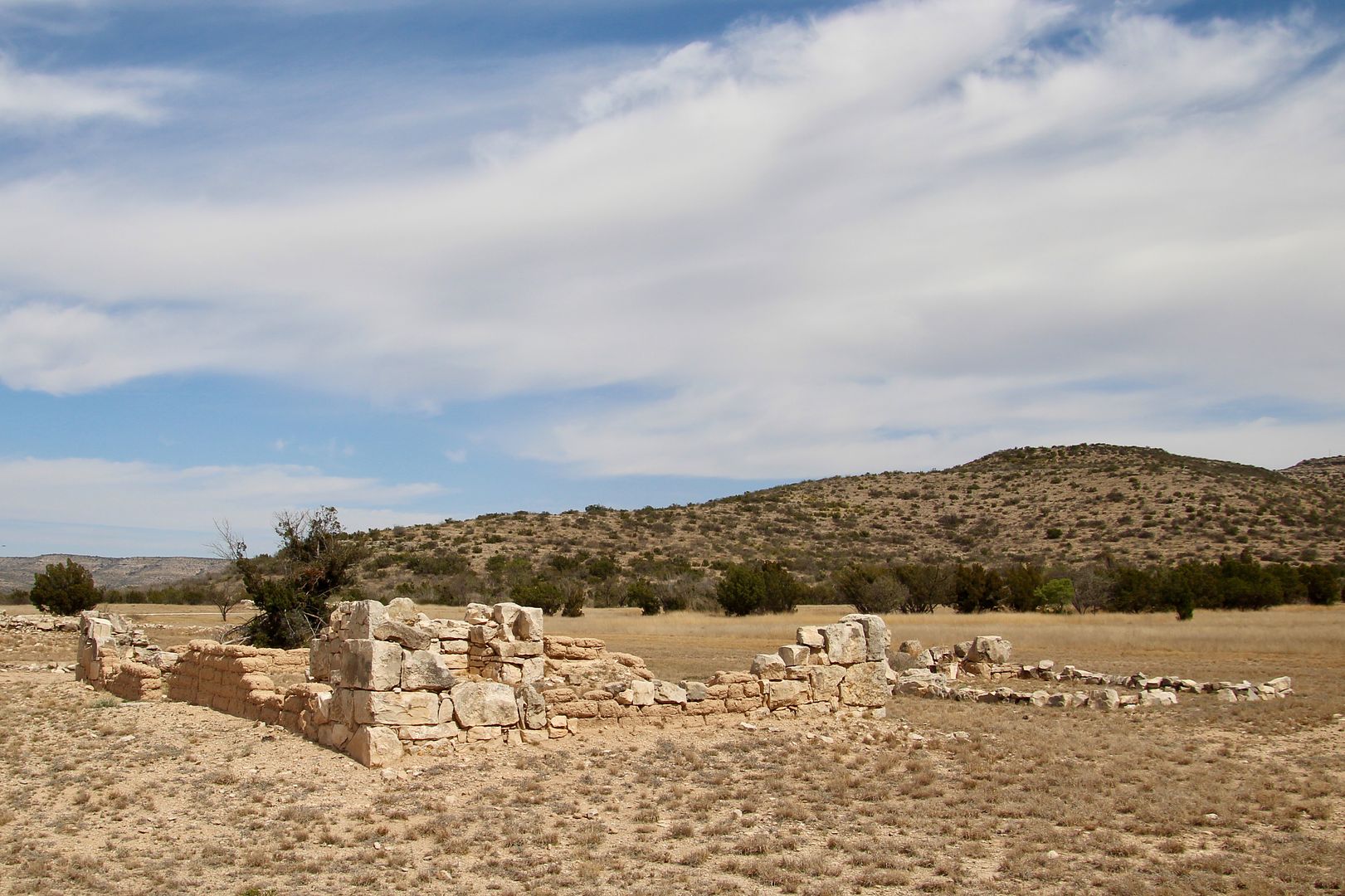
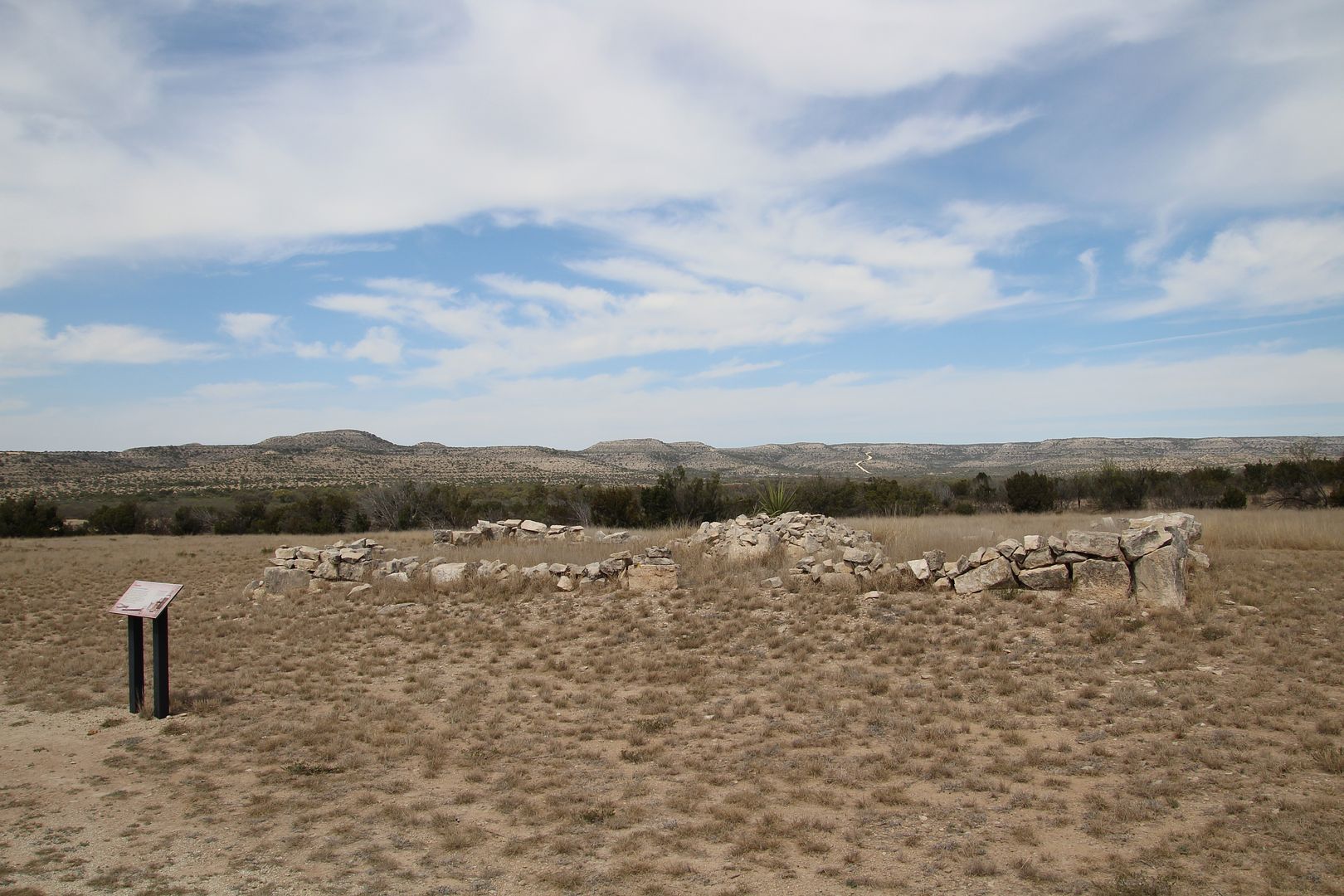
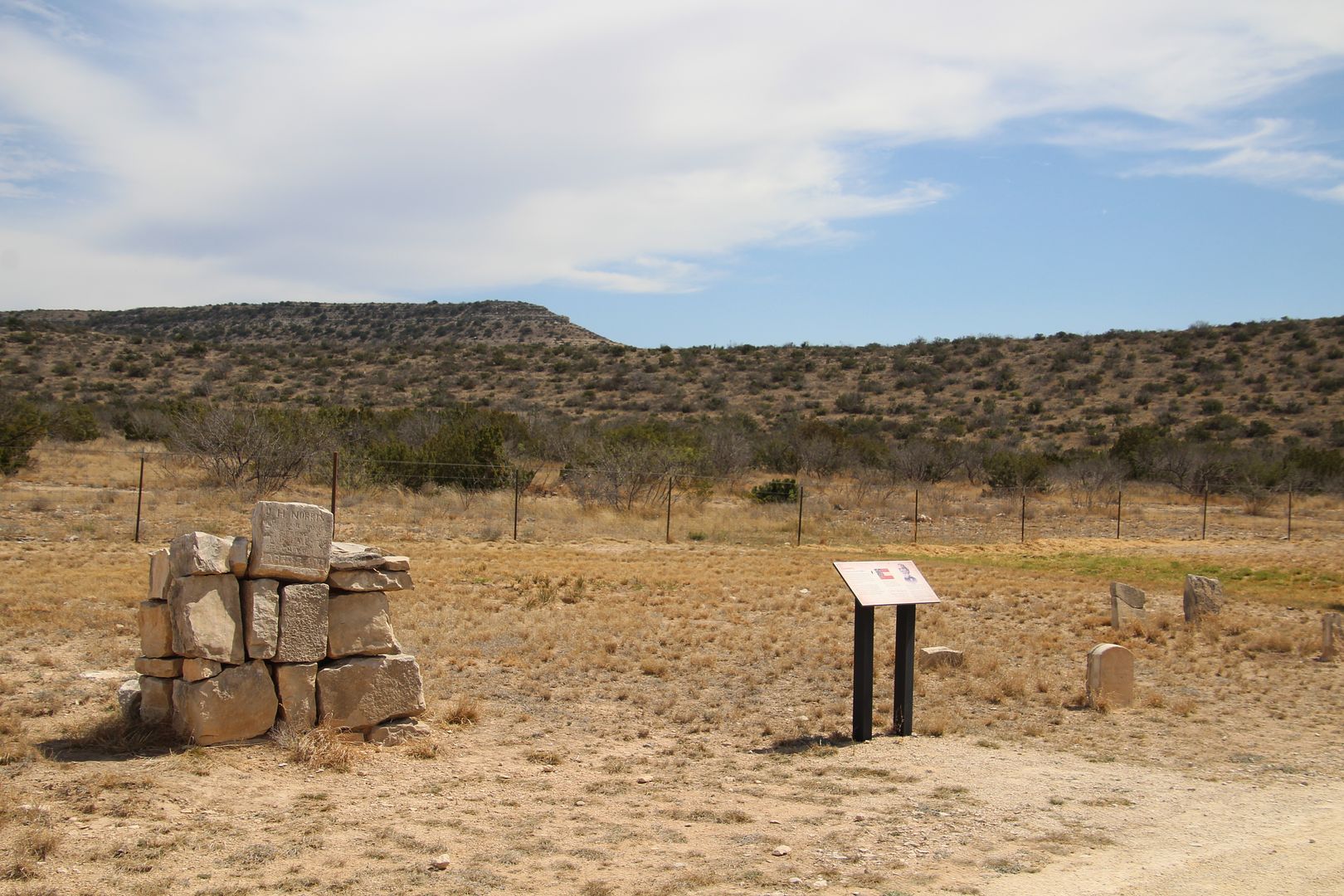
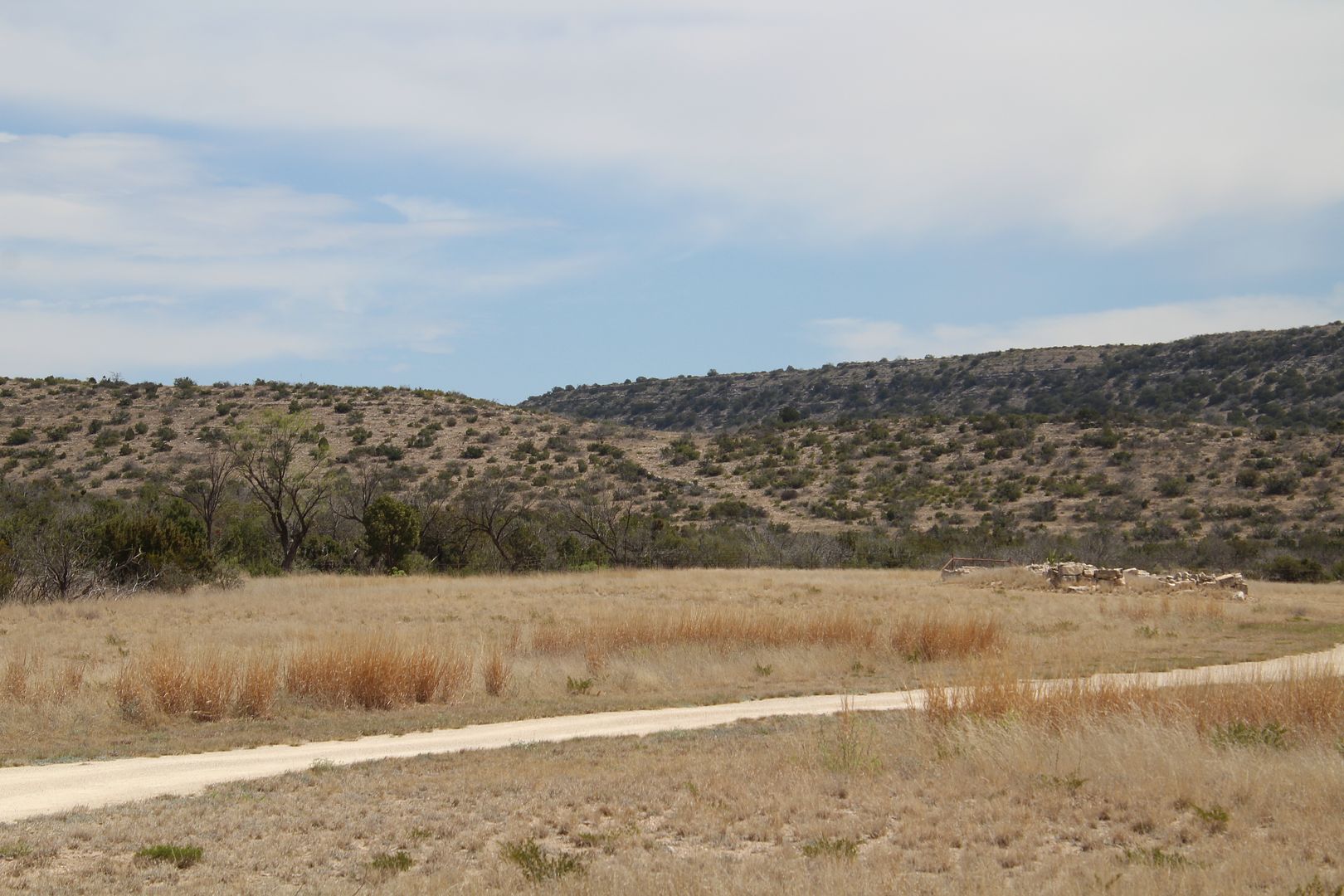
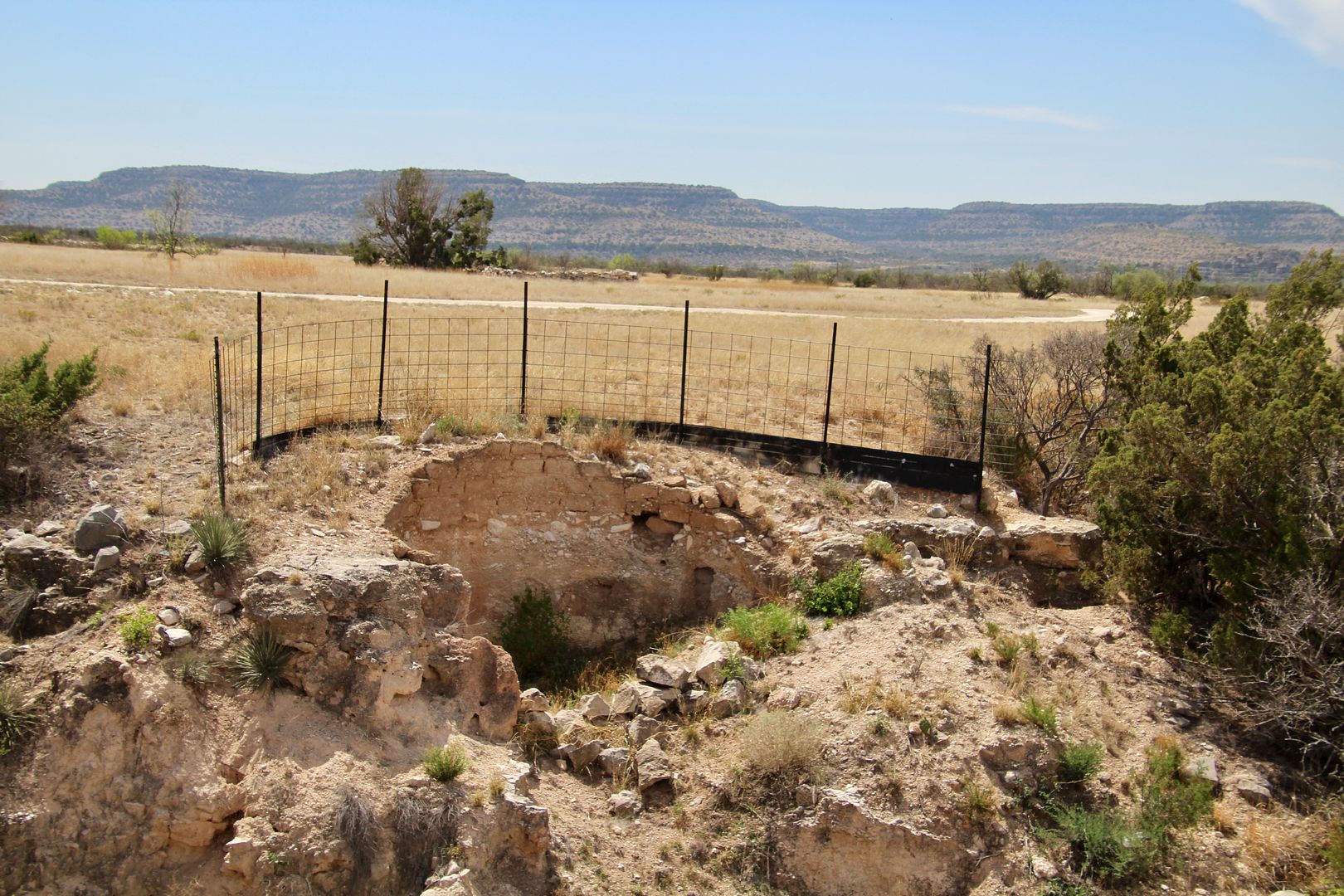
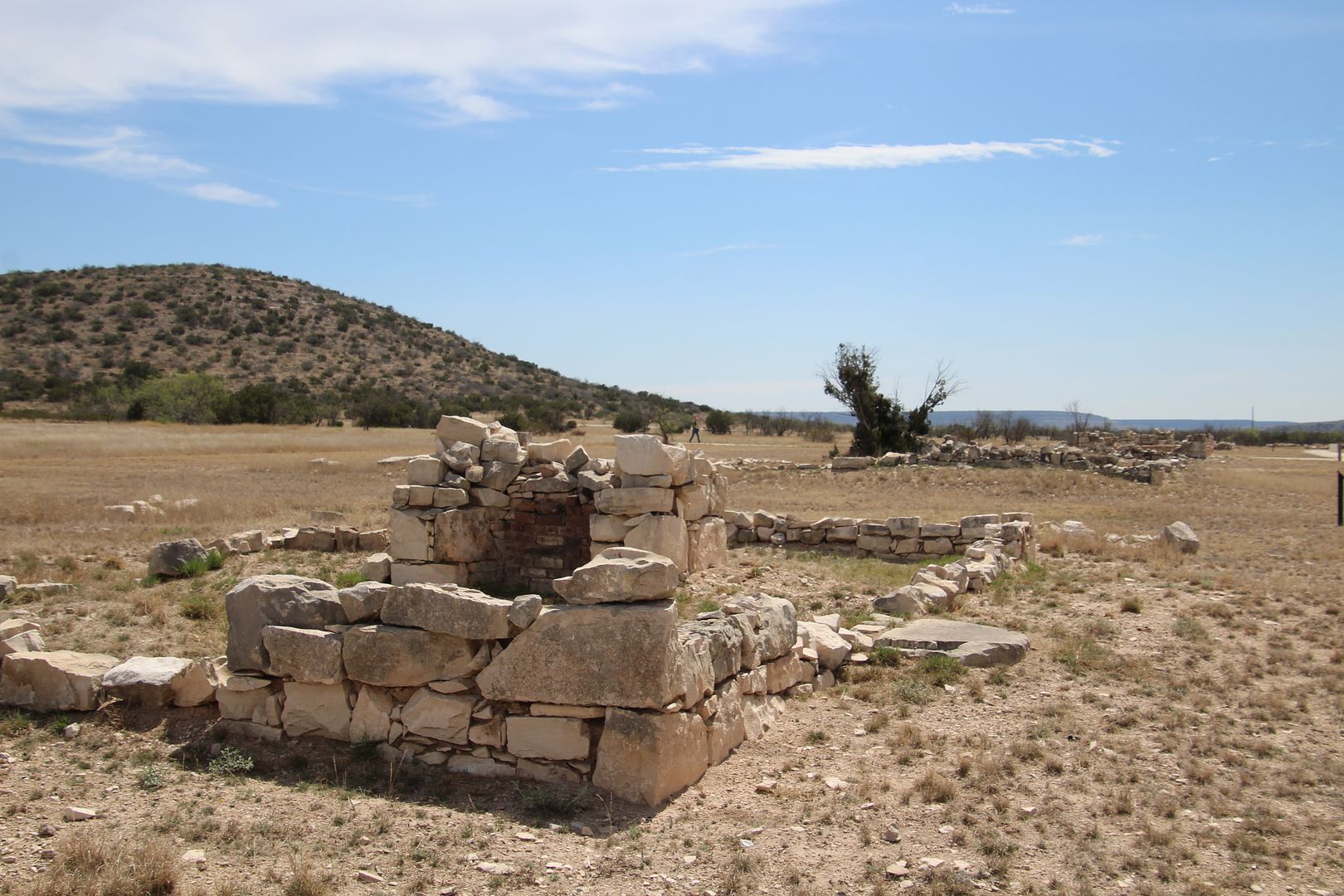

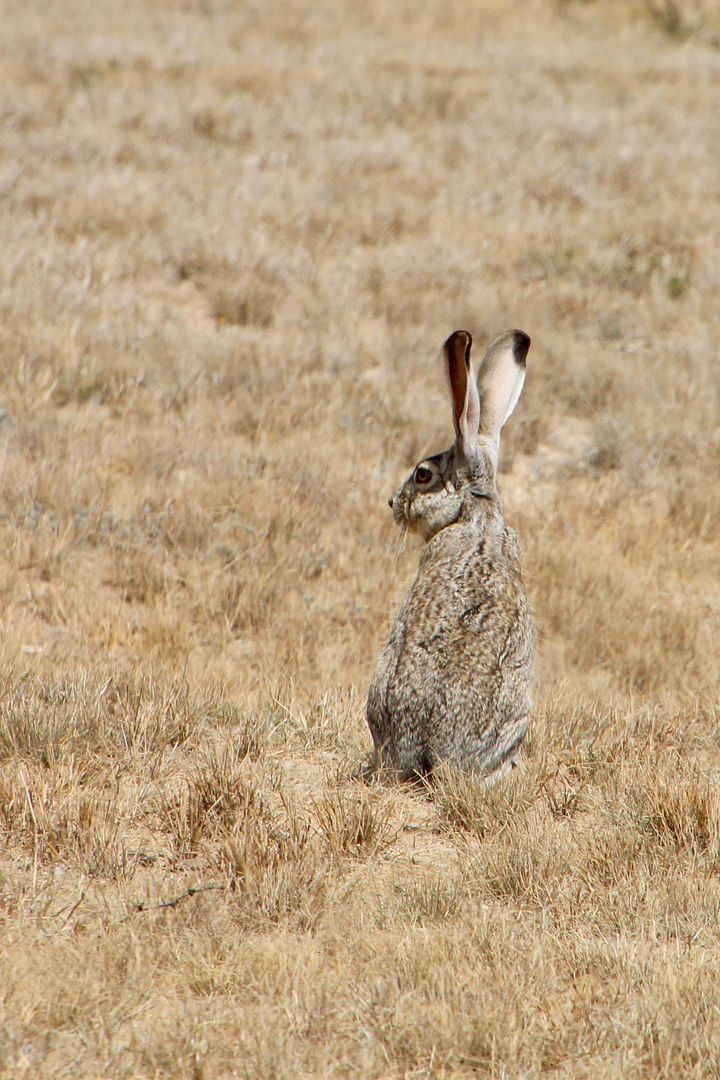

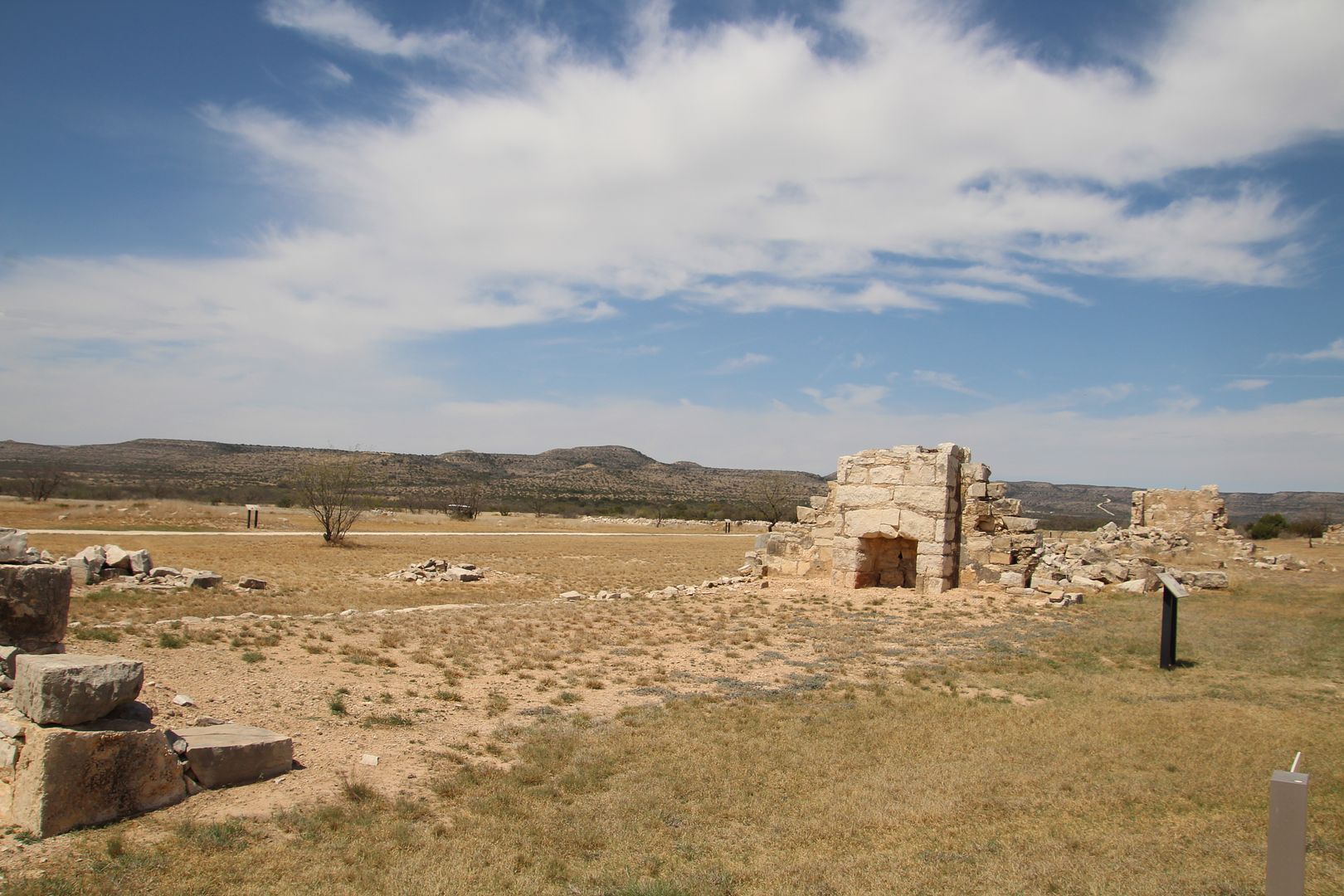
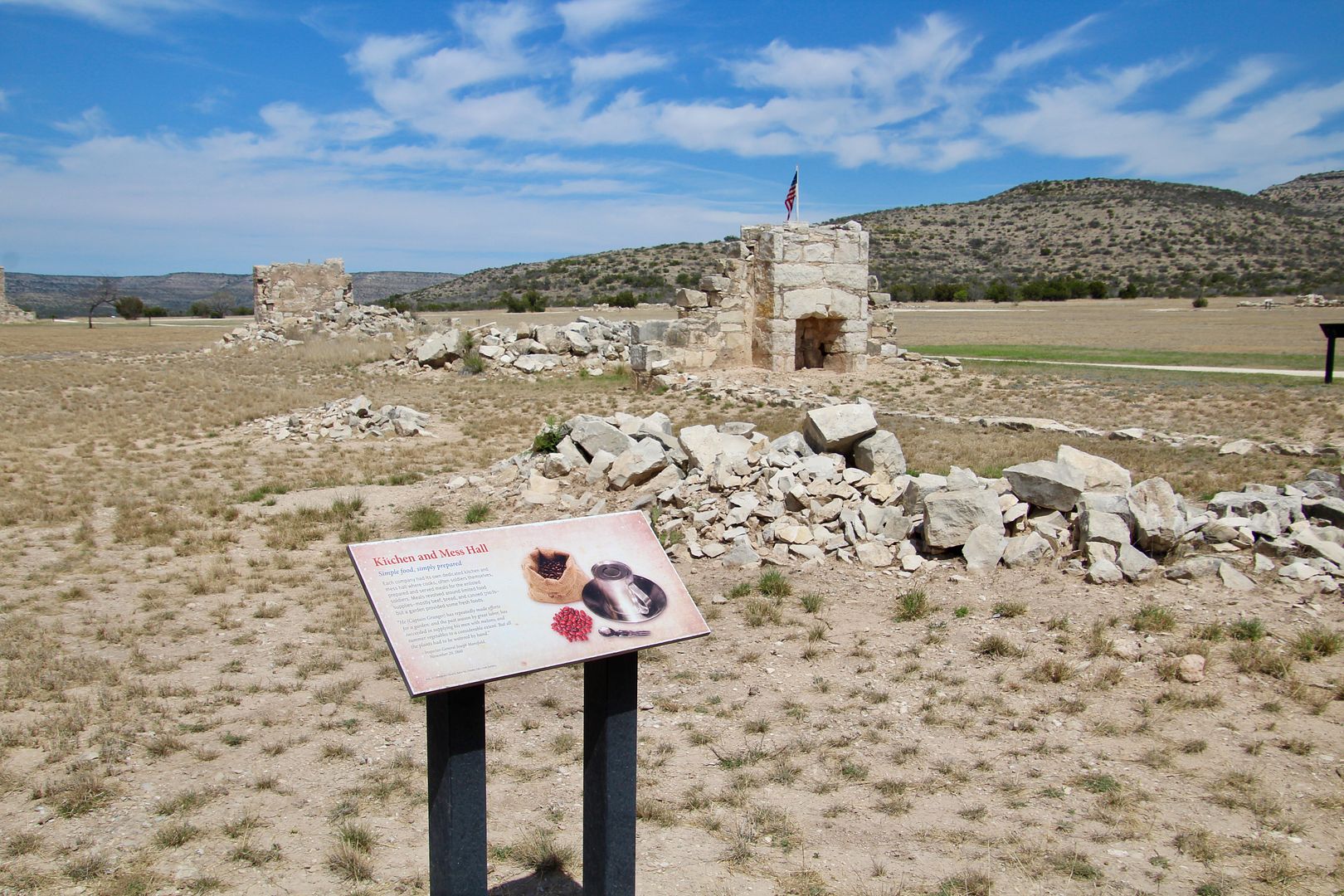

No comments:
Post a Comment